The Sendai Framework Guides Indonesia’s Disaster Risk Reduction Strategies
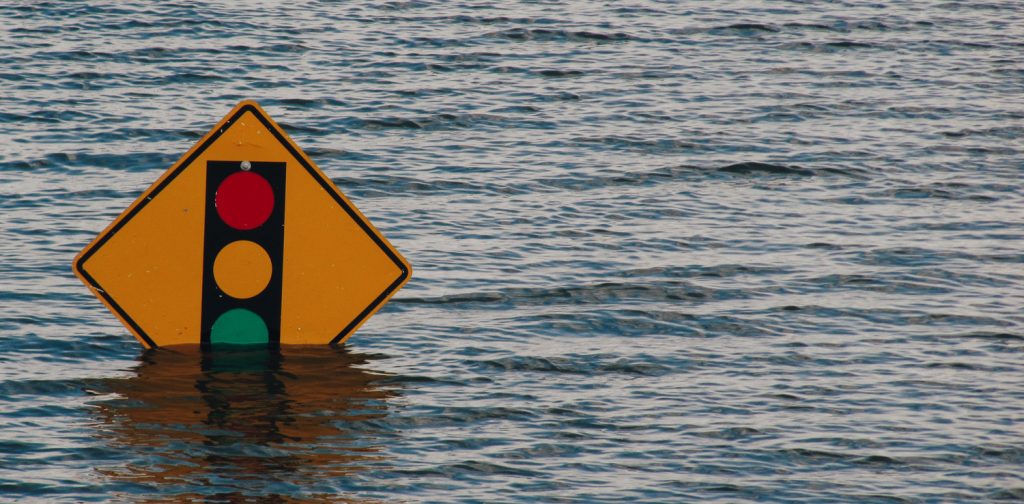
Photo by Kelly Sikkema on Unsplash
Located right on the ring of fire, the Indonesian archipelago is rich in agricultural potential. This gift, however, comes with a downside: being a hotspot of natural disasters. In 2015, Indonesia adopted the Sendai Framework to reduce the risk of natural disasters.
Within the first week of 2022, Indonesia had already been struck with 68 natural disasters.
Relevant to the ring of fire, a 6.7 magnitude earthquake from the Indian Ocean recently hit the western region of Java, Banten. There were massive floods in the western region of Indonesia and West Papua, resulting in thousands of people in need of shelters and over 100 billion IDR in economic loss.
Disaster risk reduction is crucial for the safety and prosperity of people, the country, and the planet.
Many international stakeholders have adopted the Sendai Framework, a 2015-2030 successor of the 2005-2015 Hyogo Framework (HFA). The Sendai Framework is a universal blueprint on how international actors should actively seek resilience to minimize risks against natural disasters.
Natural disasters are complex, so disaster risk reduction frameworks must consider that complexity and reflect multiple dimensions of SDGs (1, 11, and 13). Additionally, with respect to the inter-governmental attribute of the framework, the implementations must be done cooperatively.
Tackling disaster risk reduction requires a great amount of depth. We must acknowledge that disaster risk holds a quite complex and contextual definition. According to Mami Mizutori, the term risk itself is determined by the combination of Hazard, Exposure, and Vulnerability.
It is essential to acknowledge what assets are the most exposed and what their impacts are should a natural disaster occur. We also need to be fully aware of where or which our most sensitive sectors are so we can act preemptively to increase our resilience and readiness.
The variables range from the number of deaths by disaster and the top-level adoption and implementation of risk reduction strategies. Its approach can be divided into three upper-level charts: scope and purposes, expected outcome, and goals with its seven targets.
The framework also consists of multiple guiding principles with four main priorities: (1) acknowledging disaster risk; (2) building resilience on disaster risk governance; (3) investing in disaster risk resilience; and (4) the readiness for an effective response.
Ultimately, The Sendai Framework can be the world’s omnipresent guide to walk upon regarding disaster risk reduction. However, each implementation of the Sendai Framework must be uniquely tailored to suit an area’s geographical and contextual needs.
For example, Indonesia’s National Agency for Disaster Management (BNPB) has used the Sendai Framework as the general principle to formulate its own National Strategy of Disaster Risk Reduction (RIPB) for 2020-2044. One of the results was the commitment to distribute more digitized information on remote regions for early warning of natural disasters.
Hopefully, this is a good first step for Indonesia as the host of the next Global Platform for Disaster Risk Reduction (GPDRR) in Bali.
Editor: Nazalea Kusuma
Kamil Ghiffary
Kamil is a Contributing Author at Green Network Asia. He graduated from Universitas Indonesia with a master's degree in International Relations. He is a lecturer of International Affairs at UPN Veteran Jakarta.

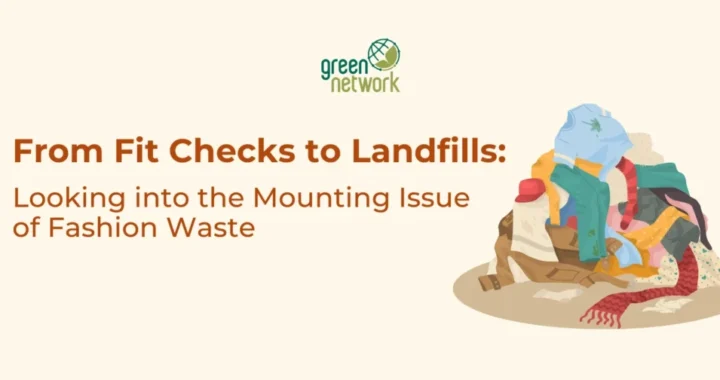 Test Custom Feature Image
Test Custom Feature Image 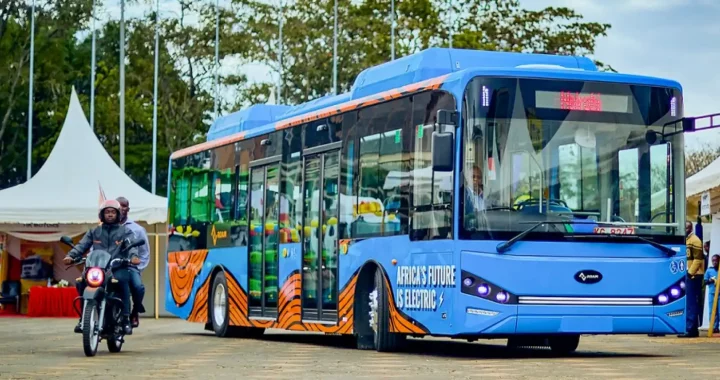 Electric Vehicles Roam the Roads of Kenya
Electric Vehicles Roam the Roads of Kenya 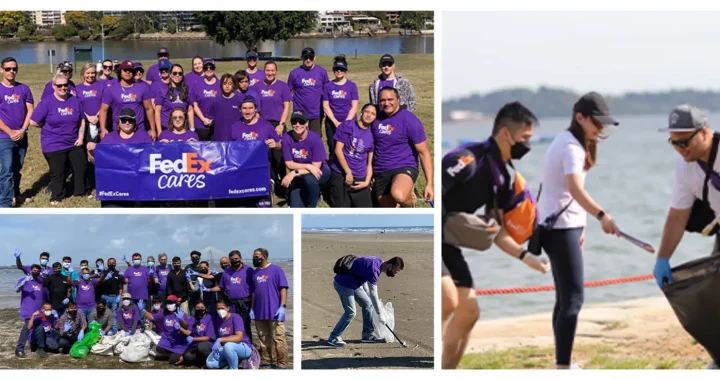 FedEx Engages Employees with Beach Clean-Up Initiative
FedEx Engages Employees with Beach Clean-Up Initiative 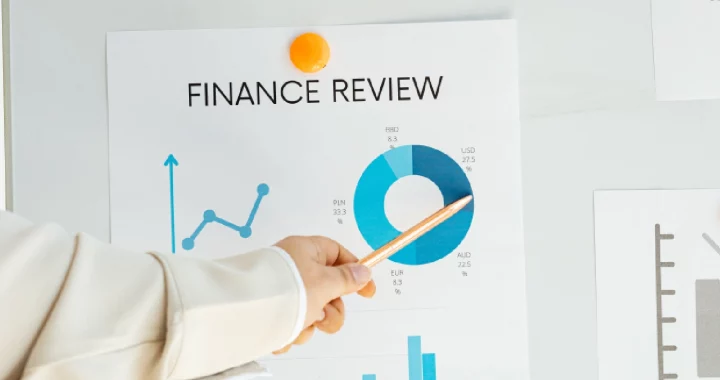 Come Back Stronger: Building Philippines’ Resilient Economy Post-COVID-19
Come Back Stronger: Building Philippines’ Resilient Economy Post-COVID-19 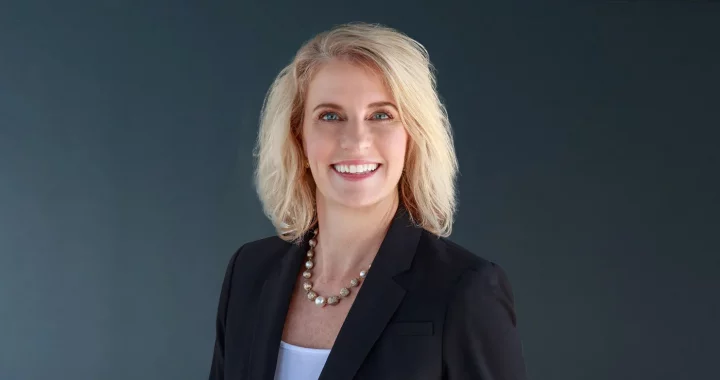 Inside Experian’s Sustainability Journey: An Interview with Chief Sustainability Officer Abigail Lovell
Inside Experian’s Sustainability Journey: An Interview with Chief Sustainability Officer Abigail Lovell  5 Food System Actors That Have Taken the 123 Pledge to Reduce Food Loss & Waste
5 Food System Actors That Have Taken the 123 Pledge to Reduce Food Loss & Waste 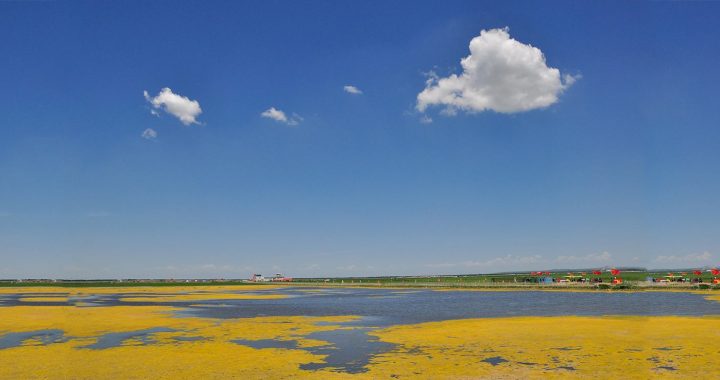 Test premium post
Test premium post